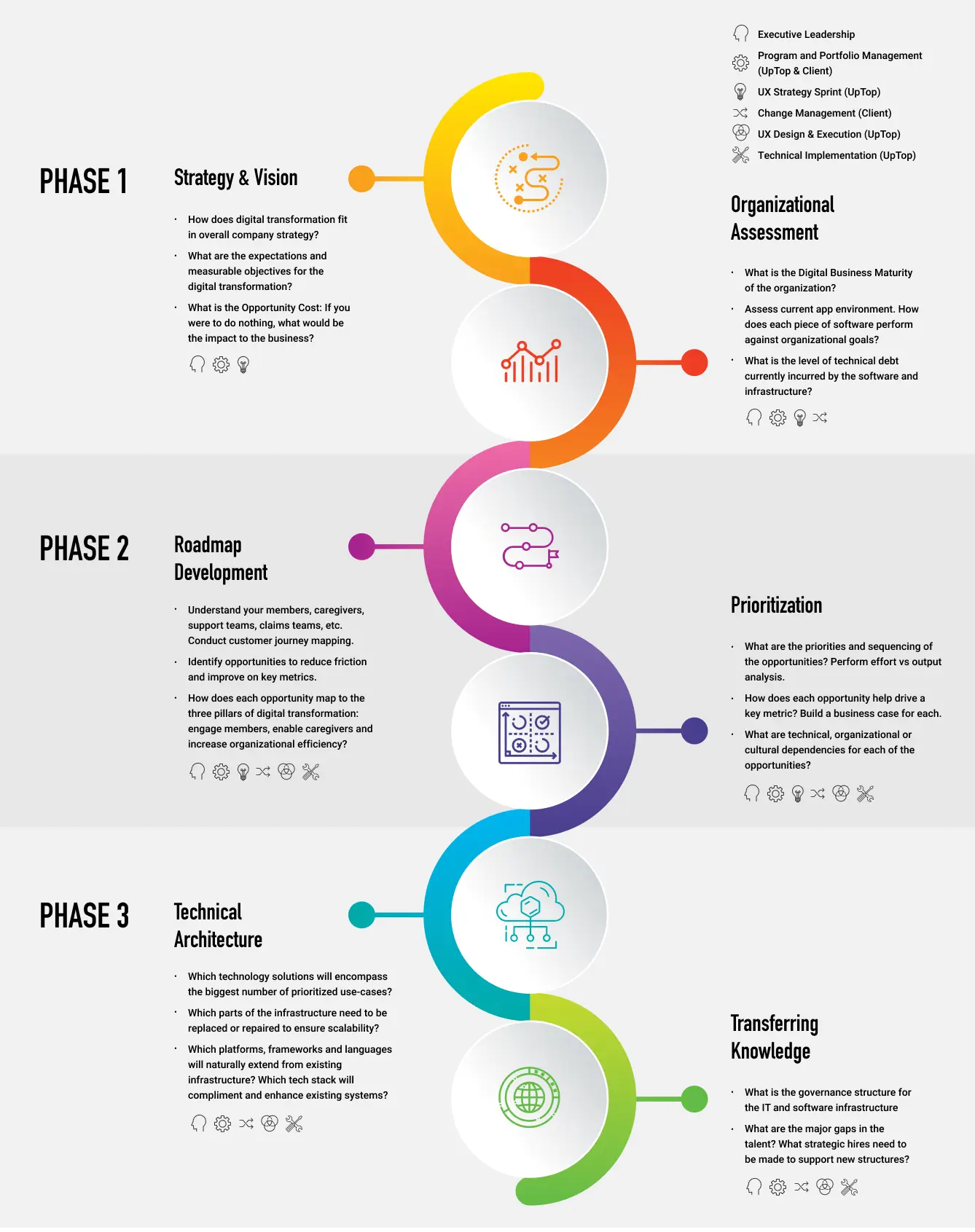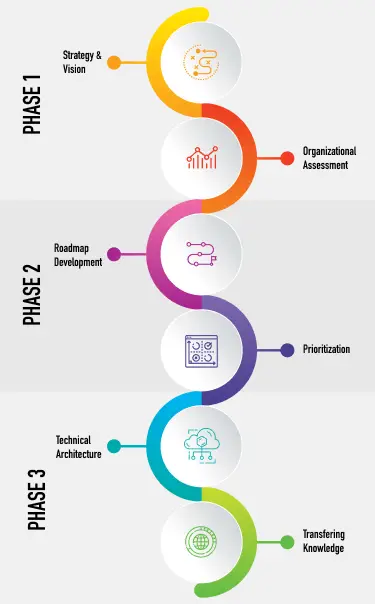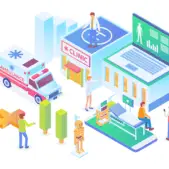Digital technology now sits at the center of how organizations operate, compete, and grow. From managing workflows and customer interactions to enabling AI-powered insights and supporting remote workforces, your digital infrastructure must evolve in step with your business goals.
Yet even with this urgency, digital transformation can feel overwhelming. Complex interdependencies, legacy systems, shifting customer expectations, and rapid advances in technology all add friction to what should be forward momentum.
But the cost of inaction is higher. Sticking with aging systems and outdated customer experiences can slow innovation, reduce agility, and erode brand trust. In today’s landscape, digital transformation is no longer optional; it’s strategic survival.
Here’s how to approach transformation with clarity and confidence.

What is Digital Transformation, and Why is it Essential?
Digital transformation is the strategic modernization of your systems, tools, and workflows to better align with evolving customer expectations, employee needs, and business opportunities.
This goes far beyond “upgrading technology.” It means reimagining your business processes, enabling connected experiences, and positioning your organization for continuous change.
Transformation is often driven by:
- Legacy systems limiting innovation or integration
- Evolving customer expectations for intuitive, connected experiences
- Business model changes; like shifting to remote work or subscription services
- Data privacy and compliance requirements (e.g., CPRA, HIPAA, GDPR)
- Cybersecurity risks that demand a zero-trust approach
- AI and automation opportunities that require more agile digital foundations
Companies that invest in strategic transformation see measurable improvements in productivity, speed-to-market, customer satisfaction, and long-term competitiveness.
6 Steps to Creating a Digital Transformation Roadmap
Embarking on a digital transformation journey can be challenging, as it’s more than just implementing new systems. It requires rethinking internal processes, operational models, and even the culture of your organization. To guide your efforts, a clear and structured plan is critical. Below is a 6-step approach to help you map out your transformation:
-
Strategy and Vision: Start with the “why.” What does success look like for your organization? Align digital initiatives to clear, measurable business outcomes; like reducing time-to-market, improving customer NPS, or enabling new revenue streams. Involve leadership across departments (product, ops, finance, CX) early to build buy-in and set realistic KPIs.
- Organizational Assessment: Evaluate where you are today. What systems are aging or siloed? What processes are manual or inefficient? What are your team’s digital capabilities?
Use this phase to audit:- Your current technology stack
- Organizational structure and decision-making flows
- Digital maturity of customer and employee experiences
- Internal adoption and digital skill gaps
Consider using a digital maturity model to benchmark progress.
- Develop a Roadmap Rooted in User Experience: Modern transformation is customer- and employee-led. Map the full journey; across channels and devices; for the people who rely on your systems.
In this stage:- Identify the key friction points in your current workflows
- Map out quick wins vs. long-term infrastructure improvements
- Prioritize enhancements that align with CX, compliance, and automation goals
Focus on composability: how can different tools and platforms work together via APIs or middleware to deliver value faster?
- Prioritize by Value and Complexity: Not all transformations need to be moonshots. Use value vs. effort matrices to identify what initiatives will deliver the greatest ROI with the least resistance.
Evaluate:- Business impact
- User need
- Integration difficulty
- Security and compliance risk
Embrace low-code or no-code platforms for fast iteration when appropriate—especially for internal tools or self-service portals.
- Build Future-Ready Technical Architecture: Modern architectures are modular, API-driven, and cloud-native. Rather than replatforming everything at once, design systems that evolve incrementally with business needs.
This could include:- Introducing composable or headless architecture
- Migrating from legacy ERP systems to cloud-based services
- Establishing an enterprise API layer to power future experiences
Don’t forget governance: data privacy, AI ethics, and security must be baked into your new stack; not added later.
- Empower People and Institutionalize Change: Technology adoption rises and falls on the strength of your teams. Ensure your workforce is ready to adopt new workflows through training, change management, and open communication.
You’ll need:- Champions inside departments to drive adoption
- Clear documentation and playbooks
- A feedback loop to continuously improve systems post-launch
- Strategic hiring or upskilling to fill capability gaps
Think of transformation as a continuous capability, not a one-time event.


Embracing the Future of Business: Continuous Transformation
Modern organizations don’t “complete” digital transformation. They build the agility to transform continuously as the market, customers, and technologies evolve.
By anchoring your transformation strategy in user needs, organizational readiness, and modular tech choices, you can evolve without disruption; and deliver smarter, faster, and more relevant experiences.
Ready to Take the Next Step?
At UpTop, we help organizations plan and execute digital transformation initiatives that move the needle—whether that’s designing better customer portals, modernizing backend systems, or optimizing internal tools. Let’s talk about where your journey should begin.



